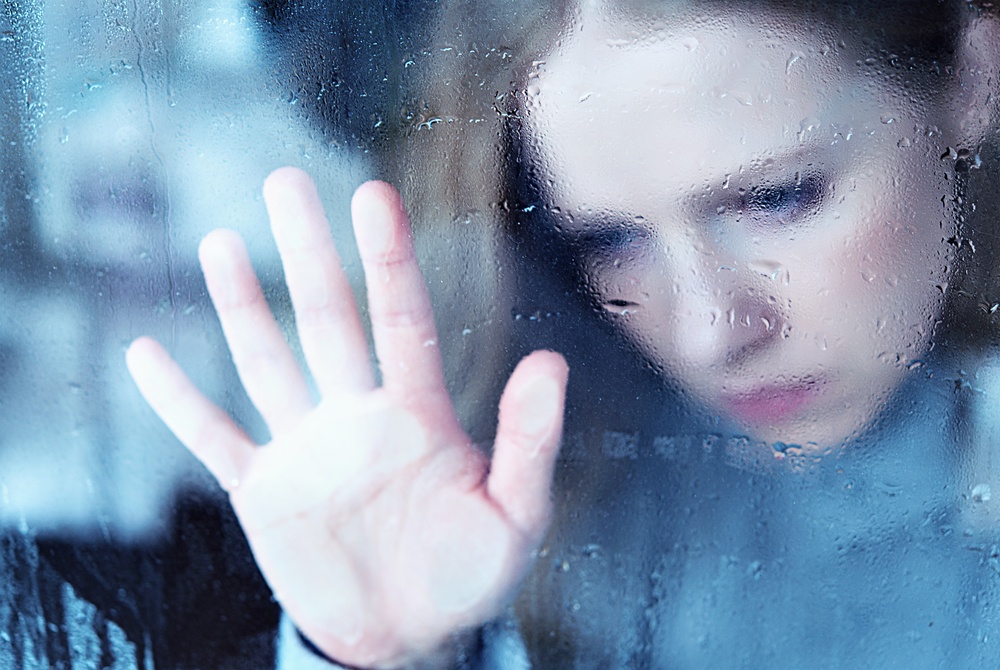Clinical depression is a mental disorder characterized by an array of symptoms that, when severe, can affect nearly every aspect of a person’s life. Most people have experienced extreme sadness, but that feeling usually comes from or is affected by the circumstances around them and is usually short-lived. For example, the death of a loved one could cause someone to enter a short-term depressive period. For many people with clinical depression, the symptoms come on without warning and seemingly without cause. To receive a diagnosis of clinical depression, one must experience at least five symptoms for two weeks or longer. According to the National Institute of Mental Health, the most common symptoms include:
Topics: Depression, Postpartum Depression, TMS, SAD, PTSD, clinical depression, Electroconvulsive Therapy (ECT), depression symptoms, depression treatment, Major Depressive Disorder (MDD), Antidepressants, Psychotherapy, Bipolar Disorder, anxiety, OCD, CBT, DBT
Summertime and the Livin’ Ain’t Easy: Could Your Blues Be Summer Seasonal Affective Disorder (SAD)?
Is your favorite summer activity huddling in a dark room with the AC blasting, while your friends and family enjoy the sunshine? Does the thought of a trip to the beach leave you anxious and depressed? You may feel like a party pooper, but there could well be a physical reason for your plight--each year about 1.6 million Americans suffer from summer-onset Seasonal Affective Disorder (SAD), a condition whose symptoms include depression, anxiety, and an unusual sensitivity to heat and sunlight. Unfortunately, because summer-onset SAD is far less common than its winter cousin, experts have done less research on its etiology and developed fewer treatment options. Although there’s also less public awareness of the condition, those with summer SAD tend to be more agitated and are therefore at higher risk of suicide than those who experience the winter version.
Topics: Depression, SAD
Seasonal Affect Disorder (SAD) is a form of depression triggered by the change in seasons, primarily occurring in the late fall/early winter. For the approximately 10 million Americans with SAD, feeling sad, hopeless or lethargic for days or weeks at a time are common symptoms and a constant struggle. SAD, like any form of depression, if untreated can limit your ability to function on daily basis and enjoy your life to the fullest.
Topics: Depression, TMS, SAD
Coping with Seasonal Affect Disorder (SAD)
Seasonal Affective Disorder (SAD), a type of depression that’s related to changes in
seasons, is estimated to affect 10 million Americans. For most people, symptoms appear during late fall or early winter, making you feel blue around the winter holidays, or sad and disappointed after all the celebrations are over. While it’s normal to experience the “winter blues”, feeling sad, hopeless or lethargic for days or weeks at a time can be symptoms of something more serious, including depression. A smaller number of people experience symptoms in the spring or early summer.
Topics: Depression, SAD
Are You Suffering From the Winter Blues or Seasonal Affect Disorder (SAD)?
Do the irregular warm weather days get you excited for summer, but leave you feeling sad or depressed that winter is still here and there are more cold days to come? For many people, Seasonal Affect Disorder (SAD), a type of depression that’s related to changes in seasons, can be a serious issue to overcome every year.
Topics: Depression, SAD












